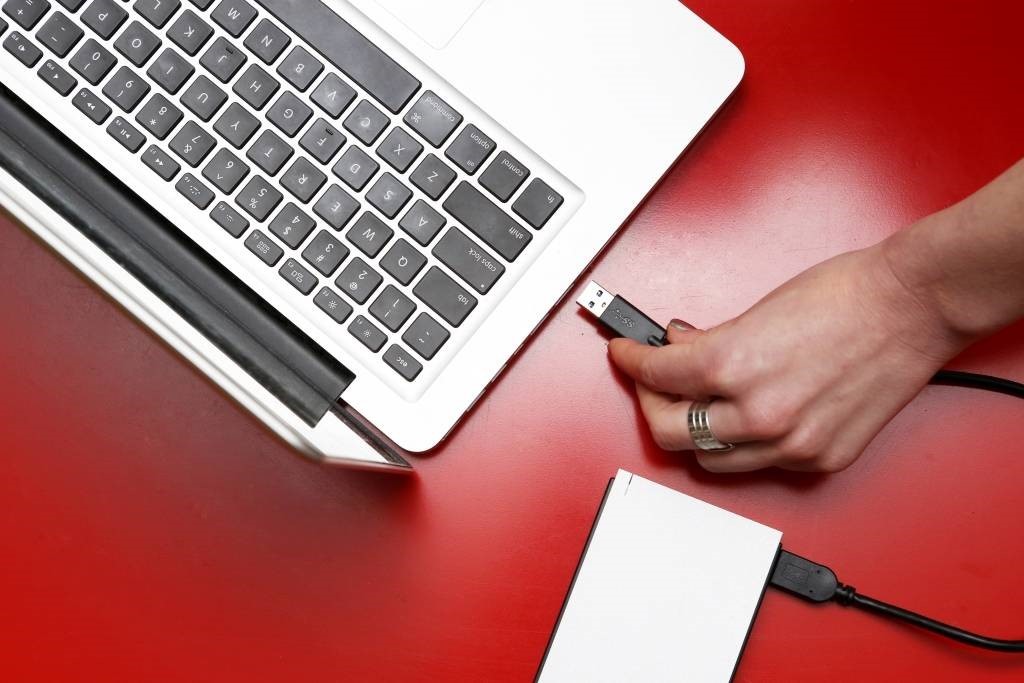
How to Back Up Your Computer Data
Everyone agrees that data backups are important! And yet, very few people think about it seriously until disaster strikes. If you are like most people, you have probably lost important computer data at some point in your life. Maybe you've lost the installation kit of an expensive piece of software, your wedding photos, etc. and you wouldn't want to go through that ordeal once again. So, let's explore the easiest, and yet most effective ways of backing up your computer data.
But first, let's ask this key question: what data do you want to have backed up? There is no point in saving program installation folders, as long as you've got access to the installation kits, for example. So, if you don't know what data to keep, my suggestion is to start with your personal files. Think about important documents, photos, music, videos, expensive software applications kits, etc.

If you've got plenty of hard disk space, Windows allows you to save a full image of the operating system, which includes all the installed applications, all your files, and all your settings. The only serious drawback is that you will need at least a few tens of gigabytes of space for each copy of the system image. I need close to 300 GB of hard disk space to create a full image of my computer. As you can imagine, I'd need an external hard drive that's got at least 1 TB of space to keep a few copies of the backed up data.
Fortunately, large hard drives are quite cheap these days. I use a portable 4 TB hard drive right now, so I could easily keep at least 10 copies of my data without running out of space. This is, in fact, the first backup method that I am recommending: save your data to an external hard drive. If you only have a few gigs of data, you can utilize the USB drive, of course.
Believe it or not, several manufacturers have built USB drives that have reached the 1 TB capacity, but they are really expensive, so I wouldn't recommend them. When it comes to USB drives, I think that the sweet spot is in the 128...256 GB range, at least for now. So, if you only need to save up to 20 GB of data, go for a USB drive. Be sure to choose one that supports USB 3.0, though; otherwise, you will have to wait an eternity to get a few gigabytes of data copied to it. Your computer needs to incorporate a USB 3.0 interface as well, of course. And when it comes to software, it is good to know that Windows includes several backup applications which allow you to save the desired data/folders, or to create full system images that are guaranteed to work.
Another idea is to back up your data using a cloud storage service. There are lots of services such as Dropbox, OneDrive or Google Drive, which will offer you a few gigabytes of free space. So, test their services, and if you like one of these providers, subscribe to one of their plans. Often, you will have to pay about $10 per month to store 1 TB of data, which should be more than enough for most people's needs.
If you are passionate about IT, you may want to consider the Amazon Web Services platform. The initial setup process is a bit more complex, but the platform provides a lot of flexibility, and data storage prices are very affordable.
In the end, a wise guy or girl will utilize several backup methods. So, back up your data locally on an external hard drive, and then store it a different location. Then, back up your data to a cloud storage service as well. This is what I do, and I think that this needs to be done if you want to ensure that your precious data won't ever disappear.